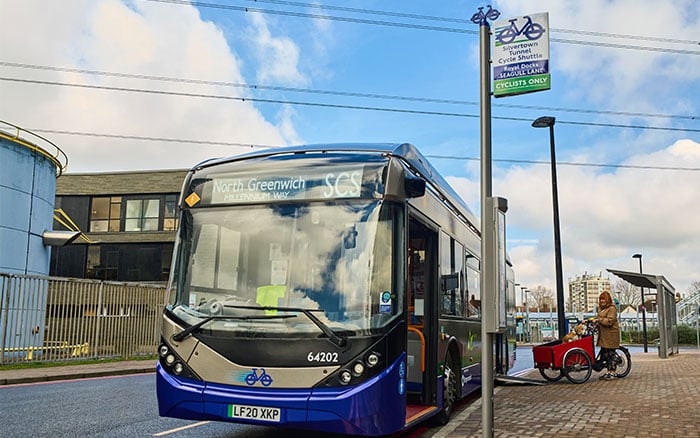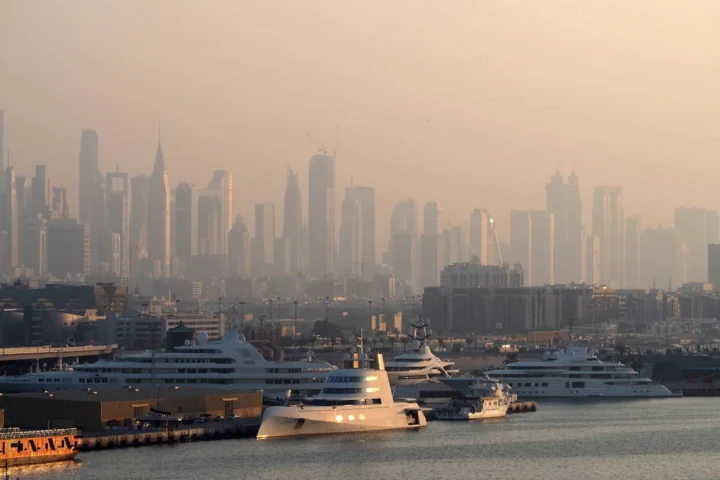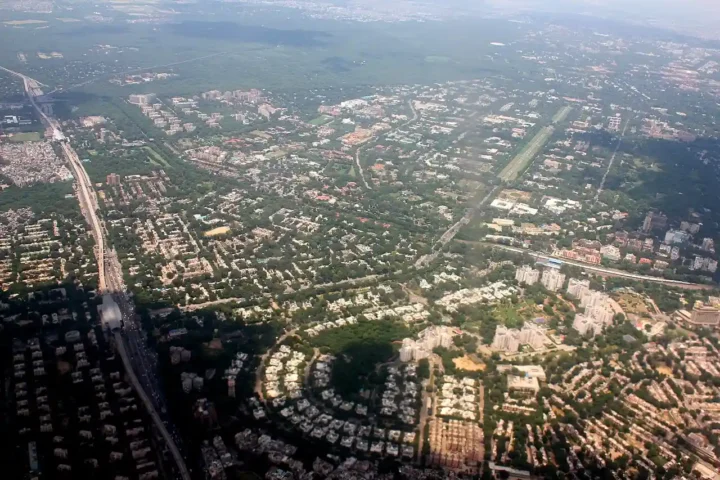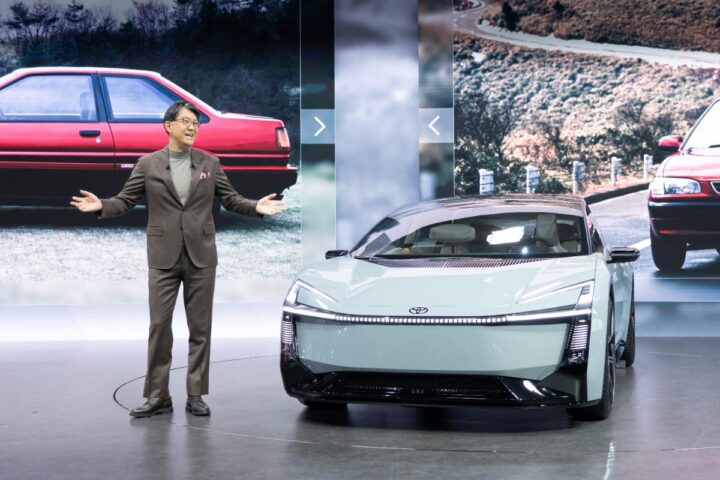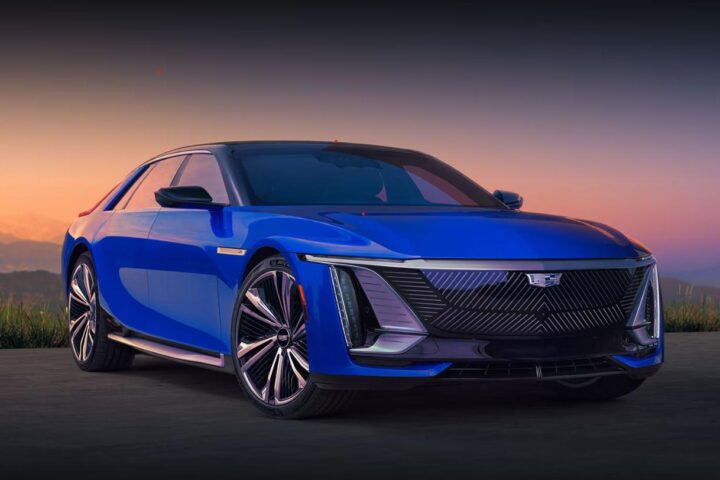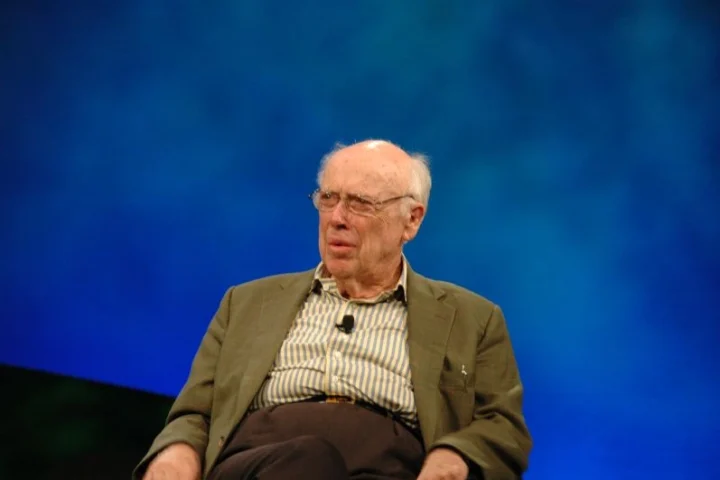London’s iconic red buses are turning green at a rapid pace. Transport for London (TfL) now has more than 2,000 zero-emission buses on the capital’s roads, making it the largest such fleet in Western Europe.
This milestone marks a dramatic shift since 2016, when TfL had just 30 zero-emission buses. Now, more than 20% of London’s entire bus fleet runs without tailpipe emissions.
“It’s fantastic London is leading the charge with more than 2,000 zero-emission buses in the capital,” said Mayor Sadiq Khan. “This is helping to clean up London’s toxic air, protect the environment and the health of Londoners.”
The current fleet includes both battery-electric and hydrogen vehicles. While most are battery-powered, 20 hydrogen buses serve routes 7 and 245, producing only water as a byproduct.
The Road Ahead: Funding Challenges
Despite this progress, TfL faces significant hurdles to reach its goal of a fully zero-emission fleet by 2030. The target requires approximately £1 billion in additional funding – including £300 million for power upgrades and charging infrastructure, plus £700 million for increased operating costs until 2036/37.
Without this funding secured from the government, a more realistic target might be 2034, according to some reports. This funding gap threatens both the bus electrification timeline and the mayor’s wider ambition for London to achieve net-zero carbon by 2030.
TfL currently operates approximately 8,800 buses in total, meaning around 6,800 still run on diesel or other fossil fuels. An average of 40 new zero-emission buses join the fleet monthly, typically when routes are retendered.
Similar Posts:
Economic Benefits Beyond London
The investment in zero-emission buses extends beyond environmental gains. TfL’s procurement has created around 3,000 jobs in green technology across the UK, including in Ballymena, Falkirk, and Scarborough.
Wrightbus in Ballymena, Northern Ireland, has been a major beneficiary. The company recently entered a five-year exclusive vehicle supply partnership with Transport UK London Bus, with 75 additional buses to be delivered this year alone.
“Every Wrightbus in service on the streets of London thanks to this partnership helps to support good, green skilled jobs and the wider manufacturing sector across the UK,” said Jean-Marc Gales, Wrightbus CEO.

Health and Environmental Impact
The environmental benefits translate directly to public health improvements. TfL estimates that converting the entire bus fleet to zero-emission would save approximately five million tonnes of carbon over the next two decades.
Better air quality means healthier lungs for children and reduced risk of conditions like dementia in adults. London previously attributed around 4,000 premature deaths per year to toxic air.
As London continues its journey toward cleaner public transport, the question remains whether funding will match ambition in the race to eliminate diesel from the capital’s streets.
